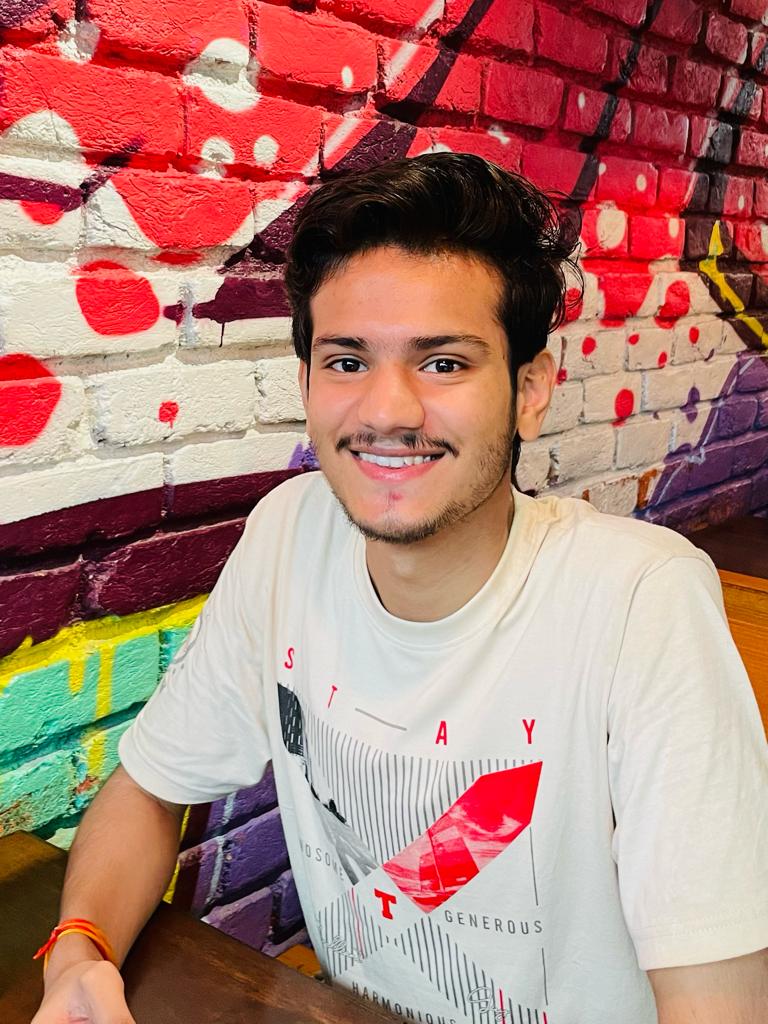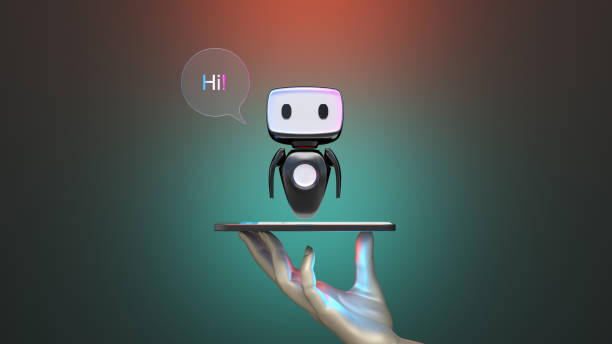The Future of Real-time Translation and Transcription in AI for Tomorrow
 Ayush Soni
Ayush Soni
Introduction
Participating in the #AI-for-Tomorrow hackathon has been an exhilarating journey. The challenge was to use any LLM or AI tool to create innovative solutions, and I decided to dive deep into the realms of real-time translation and transcription. Since my project hack is going to be judged on its real-world usefulness, feature completeness, and the story behind it, so let me take you through my journey, the inspiration, the problem-solving approach, and the impact of my project.
Inspiration
The idea was born out of a simple yet profound question: How can I break down language barriers in real-time communication? In an increasingly globalized world, effective communication across different languages is essential. The potential to help people understand each other better, regardless of the language they speak, drove me to explore this concept. With AI and modern technologies, I saw an opportunity to create something impactful.
The Journey So Far
Research and Learning:
The first step was to gather as much knowledge as possible about existing technologies. I delved into the Web Speech API, learning about SpeechSynthesis for text-to-speech functionalities and exploring Deepgram for real-time audio transcription. Understanding these tools was crucial for building a robust application.
Building the Core Features:
I implemented speech-to-text and text-to-speech features using the Web Speech API. SpeechSynthesis enabled me to convert text into natural-sounding speech, making the user experience seamless. For real-time transcription, I integrated Deepgram and used WebSocket and socket-io for efficient and swift data transmission. These core features formed the backbone of the project.
Challenges and Pain Points
Technical Hurdles:
Web Speech API Limitations: The Web Speech API, while powerful, had its quirks and limitations. I had to constantly troubleshoot and find workarounds to ensure accurate and reliable speech recognition and synthesis.
Real-time Data Handling: Managing real-time data with WebSocket required meticulous attention to synchronization and error handling. Ensuring that the transcription was both fast and accurate was a significant challenge.
User Experience Design:
Interface Intuitiveness: Designing a user interface that was intuitive and user-friendly was another hurdle. Balancing functionality with simplicity took multiple iterations.
Accessibility: Ensuring the application was accessible to users with different needs required extensive testing and refinement.
Problem-Solving Approach
Iterative Development:
I adopted an iterative development approach. Each feature was built, tested, and refined in cycles. This allowed me to identify and fix issues early and improve the overall quality of the application.
User Feedback:
Gathering feedback from some of my friends was invaluable and helpful for me. It provided insights into what worked well and what needed improvement. This feedback loop helped shape the final product.
Impact and Real-world Usefulness
Breaking Language Barriers:
The application has the potential to revolutionize communication by providing real-time translation and transcription services. This can be a game-changer in various fields, from education to business, allowing seamless interaction between people who speak different languages.
Accessibility and Inclusivity:
By making communication more accessible, the project promotes inclusivity. People with hearing impairments, for instance, can benefit from real-time transcriptions of spoken content, enhancing their ability to participate in conversations and events.
Efficiency in Business and Education:
In business, the application can facilitate international meetings and collaborations, reducing misunderstandings and improving productivity. In education, it can help students understand lectures in foreign languages, broadening their learning opportunities.
Technologies Used
Frontend: React, TypeScript, Tailwind CSS
Backend: Node.js, Express
APIs: Web Speech API (SpeechSynthesis), Deepgram AI
WebSocket: Socket.io
Tools: Vite, Docker, Caddy, and AWS
Others: React Hook Form, Radix UI, Shadcn UI, Axios, Lucide React, etc.
Conclusion
Participating in the AI for Tomorrow hackathon has been a transformative experience. The project not only pushed me to the limits of my technical abilities but also made me realize the profound impact AI can have on everyday life. By breaking down language barriers and promoting inclusivity, my real-time translation and transcription application embodies the spirit of innovation that AI for Tomorrow seeks to inspire.
I am excited to continue refining this project and exploring new possibilities. The future of real-time communication looks promising, and I am thrilled to be a part of this journey. I am going to continue to build this project since I have been juggling a lot with socket connection issues and deepgram connectivity and, in the end, overcoming those challenges hits differently to build a promising product.
Happy committing 🌱
Happy hacking 👨🏻💻
References
https://developer.mozilla.org/en-US/docs/Web/API/Web_Speech_API
https://developers.deepgram.com/docs/getting-started-with-the-streaming-test-suite
https://gist.github.com/ayushsoni1010/cfc409ebabaae68b84a70306cc67c297
That's all for today. If you enjoyed this content, please share your feedback.
New to my profile? 🎉
Hey! I am Ayush, a full-stack developer from India. I tweet and document my coding journey🌸.
Follow @ayushsoni1010 for more content like this🔥😉.
Subscribe to my newsletter
Read articles from Ayush Soni directly inside your inbox. Subscribe to the newsletter, and don't miss out.
Written by

Ayush Soni
Ayush Soni
DevRel @FifthTry || Ex-Product Engineer @Magic || Ex-SWE Intern @Economize || Open Source Enthusiast || Full Stack Developer